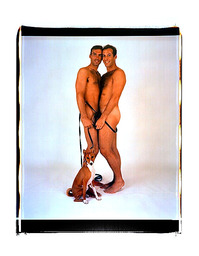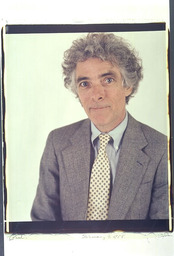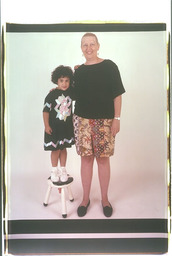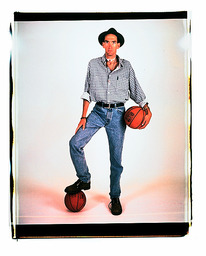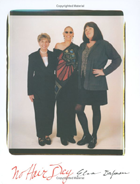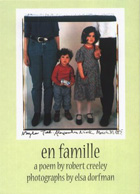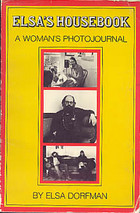Mortality and Love
having your portrait taken when you know you are dying
The M (ortality) Word and the L(ove) Word…
People take pictures when they are VERY alive, but half of their brain knows that the photograph will/might last longer than they will. That it will show people what they looked like, maybe WHO they were.
We accept the little death of the nanosecond the shutter opened and closed without thinking about it. We are even casual about the passing of the particular day. Indeed we don’t think much beyond, Did I look like THAT? What a good time! There we are in front of……doing……/ with……..
It’s the big death, the final picture that becomes profound. Then all the little pictures take on a new meaning. We who die become a shoebox of pictures to others. Inevitably, those who survive us remember and try to understand.
In my work as a family portraitist, I have photographed eight people who knew they were dying and wanted to have a final portrait of themselves for and with their family. Of all the portraits I have made, these are the ones that mean the most to me. It’s an honor to share the intimacy of the situation. I feel incredibly responsible to get a portrait that everyone in the family feels is just right. And my heart is always breaking. I am in awe of the bravery of the family members to come to the studio and to be themselves on this occasion.
Each person called me because he or she wanted a last family portrait of everyone together. They wanted the picture so the child would have a sense of the happiness and love that was shared within the family. That the child would have a sense of the specificity of the family. One family wanted the portrait “just in case” and to give the dad an incentive to heal. Sometimes it was the ill person who had the idea of the photograph and had to drag along the healthy partner and family members. Sometimes it was the healthy spouse who wanted one more image. Once it was a group of devoted friends. Each of these portraits was made with a sense of purpose and with a sense of what was to come. A sense that after death the portrait would really have its meaning.
Each session was full of bravado, bravery, and laughter. There is no other way to get through such a photo session. The whole idea is to make a portrait that is cocky, joyous, daring. There is also a sense of challenging death. How could death come when the photo is so real? How could the photo END? How could the photo become what once WAS?
Jonathan and Kevin and Tobey together a month or so before Kevin died. And two years later, Jonathan and Tobey. Jonathan wearing Kevin’s clothes, has said this portrait marked the easing of his mourning.
Paul Hirshson told me he had the big C when he got to my studio. He had just found out.
Terry came to my studio with her five year old daughter Kathy and the two families who would care for Kathy when she died. She went right from my studio to the hospital to have her cells checked and called to say that they were high. The photo session had energized her. She could feel recovery. But a month later she was dead.
Jim Begin has written a wonderful essay about having a portrait made. He was a wonderful writer who has helped many people who are dying. He was very young but very old and wise, from being sick so much of the time. He died April 16, 1997.
Bernadette never smoked, but got lung cancer anyway. We took this picture three weeks before New Years Eve, the night she died.
Caroline Graboys and her five friends met regularly for twenty years. Every year they went away for a “woman’s weekend” to have fun and talk. They all came to my studio for a portrait to commemmorate their love for each other. A few weeks later Caroline came back to my studio with her family.
I never thought that Dana Kellogg would be added to this series. He sent me an email before his second bone marrow transplant and asked me if I could take a picture of him with his wife Patrice and their two small children before he lost his hair. We did it right away. During his treatments Dana made a web site and posted pictures of himself enduring the treatment. We emailed back and forth since there is no contamination in cyberspace. August 22, 1998 Dana, a fabulous athelete with incredible endurance and love for his family and friends, died at home.
This essay is included in Grief & the Healing Arts:Creativity as Therapy, edited by Sandra L. Bertman.



